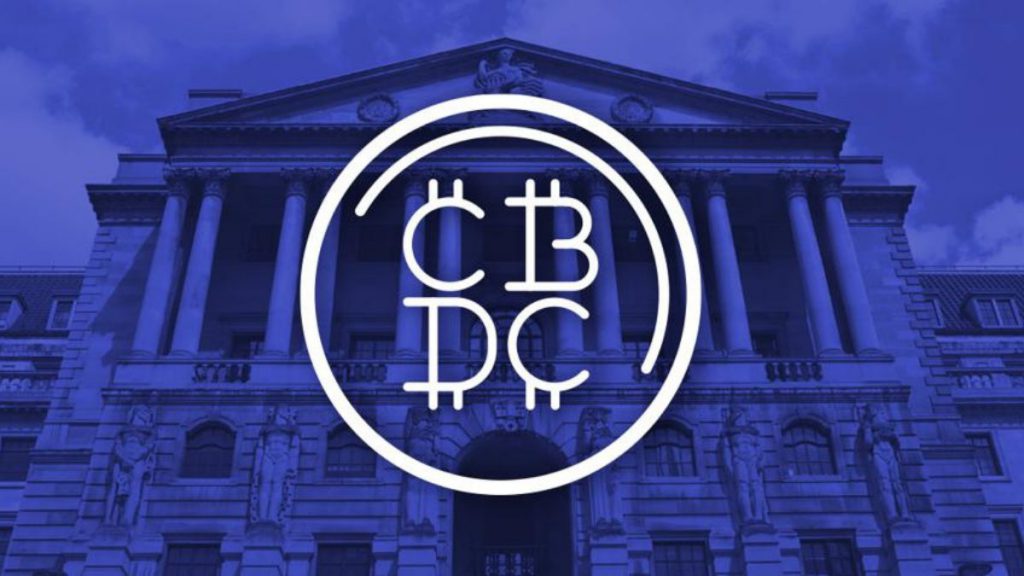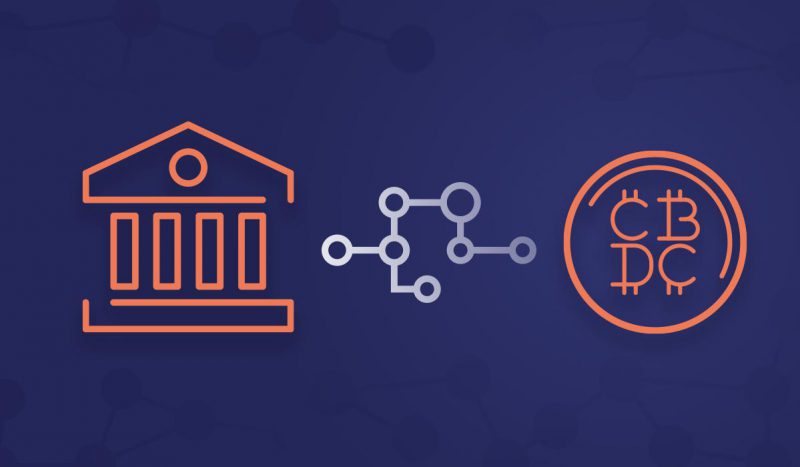The Federal Reserve has yet to decide on pursuing or creating a central bank digital currency, but they are definitely exploring it.
Central bank digital currency (CBDC) is the digital form of the central bank’s currency. The CBDC that will be widely available to the public will end up as the liability of the Federal Reserve, unlike the general currency, which will be the liability of the central bank.


The Federal Reserve’s stance on CBDC
The Federal Reserve has currently not decided on implementing a CBDC. They have been looking into the potential benefits and risks of CBDCs. It has been explored through various angles that include experimentation and technological research.
In one of their study, the Federal Reserve claims that even though CBDCs will end up as the liability of the reserve, they would still be the safest digital asset that the government can provide to the public. As they mentioned, CBDCs have less liquidity and credit risk than the other digital assets in the market.
The Federal Reserve also states that CBDC will not replace paper currency or cash but can be considered the safest means to expand payment options. The main reason for exploring the world of digital assets and CBDCs is the rising popularity of digital currencies, including cryptocurrencies and stablecoins.
The wave of developments and new product lines, including digital wallets and payment apps, urged the reserve to explore the possibilities and benefits of CBDCs.
Some of the benefits of CBDCs that the Federal Reserve mentioned include the ease for households and businesses to ensure faster and cheaper payments. On the other hand, they also pose a risk to the financial market structure and stability of the financial system.
The Federal Reserve Bank of Boston is also experimenting with a multi-year exploratory research project in partnership with MIT’s Digital Currency Initiative to look into the technological viability of a general-purpose CBDC that might be utilized by an economy the size of the United States.
As of now, the Federal Reserve is looking for an open and transparent conversation about CBDCs with the general public to explore the possible risks and benefits. They also stated that they have no plans as of now to proceed with issuing a CBDC without the necessary law and framework from the necessary organizations and government.
They also added that they are open to listening to the opinion and voices of the general public on this topic.





